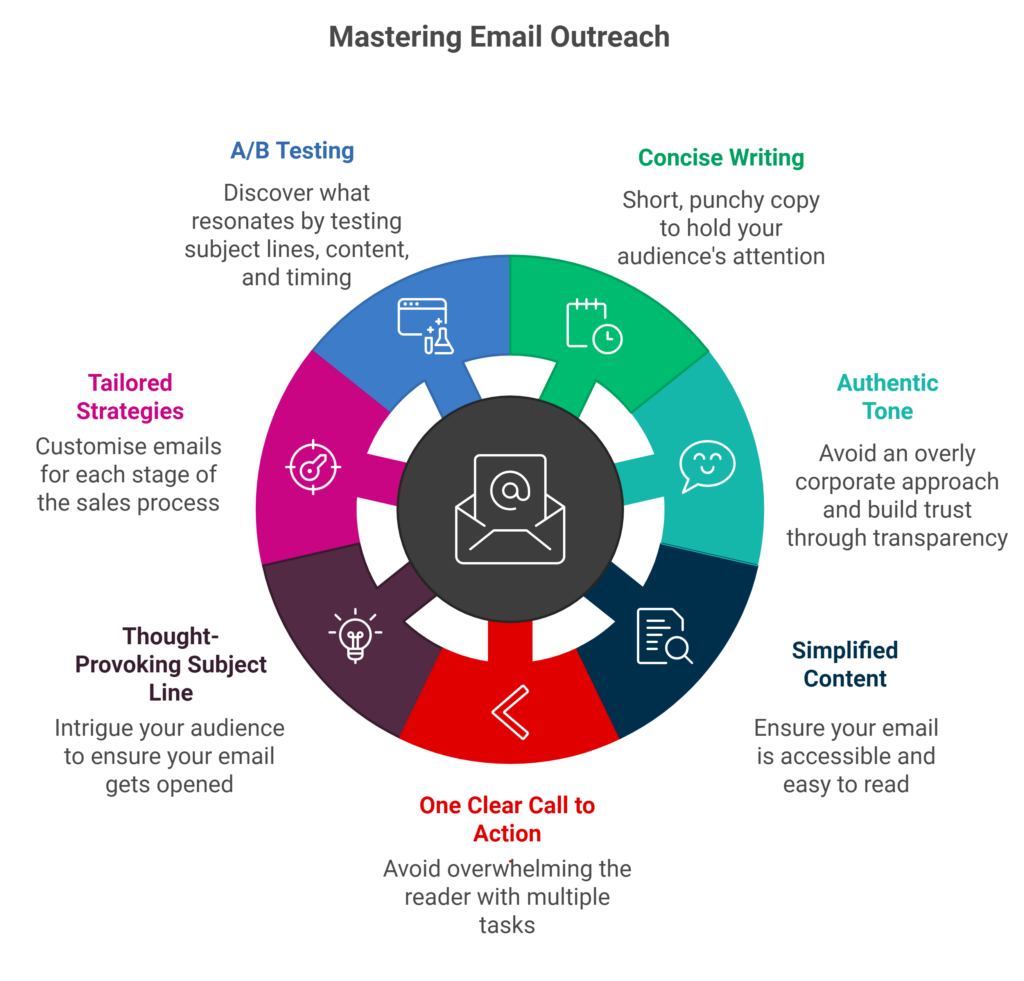In the highly competitive and fast-moving landscape of international education, reaching and engaging a target audience requires a sustained multi-channel approach. Success rests on building meaningful connections through a combination of digital marketing expertise, personal engagement, and the offering of a unique product or service that centralises trust and reliability.
The final session of ISC Research’s three-part Masterclass Series offered a variety of perspectives on how to best market to international schools, focusing on the specific approaches and qualities that resonate most with school decision-makers. Below are the key tips and takeaways from William Saville, Business Development Manager at ISC Research, in discussion with Emily Worthington of ReadSpeaker, Natalie Williams of COBIS – Council of British International Schools, and Chris Bradford of Bee Digital. The full recorded session is available to watch now.
1. Use case studies to build trust with international schools
Case studies are one of the most effective ways to evidence and showcase your product’s successes, allowing clients to detail your product’s real-life impacts in unique educational contexts. It is these tangible, nuanced examples that build your credibility and give schools clarity in their decision to trust your offerings and engage with your business.
For suppliers new to the market and yet to secure their first case study, a valuable short-term strategy is to partner with experts in international education – professionals trusted by schools – who can refine your marketing messaging and facilitate the early conversations that can lead to the first sale.
“Focus on showcasing the benefits of your product for its intended audience, rather than its features. People want to know what your product does for them.”
Emily Worthington, ReadSpeaker
2. Boost audience reach with multi-channel marketing
Attending events and conferences is highly recommended: direct engagement and face-to-face interactions are essential for building authentic relationships and fostering trust in this highly connected industry. However, the yearly calendar only allows for a fixed number of events, and in-person attendance entails travel costs which can quickly accumulate. This necessitates suppliers to find the balance between in-person and digital marketing – the latter of which is easily scalable and can quickly reach new audiences.
In practice, this could mean supplementing a conference presentation with an email outreach campaign: informing attendees and potential leads of your presence and inviting them to meet with you. Additionally, post-event follow-up emails allow for more tailored invitations to connect further, proactively strengthening relationships established during the event.
Crucially, though, for digital campaigns such as this to encourage significant ROI, they must be carried out in the correct way. Emails can easily go un-opened by their intended recipients or receive poor click-through rates unless they are purposefully and concisely written, appropriately segmented based on the targeted audience, and strategically A/B tested to optimise engagement. 
Source: ISC Research
3. Establish thought leadership through social media
To capture the attention of the international school community, it’s essential to establish trust and renown as an individual. Position yourself as a thought leader on LinkedIn: share insightful articles and create original content that offers fresh perspectives on key market trends and challenges. This approach allows you to demonstrate your expertise while addressing the issues that schools are currently grappling with.
“Build trust signals around your brand; give your target audience clear indicators of your reliability and credibility.”
Chris Bradford, Bee Digital
Rather than directing attention to your corporate LinkedIn page with product-focused content, prioritise your personal profile and share posts that provoke thought, challenge existing views, or even spark debate. Authentic content tends to generate higher engagement than corporate messaging and will help you integrate into the digital conversations where educators and school leaders are active. This strategy not only enhances your visibility but also fosters genuine connections within the education sector.
4. Forge strong connections with schools and teachers
In an international school environment, change is constant. Staff turnover presents a challenge for suppliers to maintain momentum as transitions unfold. However, changes in personnel are often planned and take time to come to fruition, allowing suppliers to stay informed and remain relevant through regular contact with educators and school leaders.
It’s also important to recognise that shifts in school leadership and staff members may lead to a complete change in priorities. In such cases, sensitivity and flexibility are key; there will be moments when it’s necessary for suppliers to acknowledge that it may not be the right time to discuss procurement. Instead, this creates the opportunity to focus your efforts on other leads who are closer to making purchasing decisions.
“Do your research and know who you are talking to – the type of school, their needs, and the specific impact you can bring.”
Natalie Williams, COBIS
A huge thank you to William, Emily, Natalie, and Chris for their insightful perspectives and advice on marketing in the international schools sector. ISC Research’s next Masterclass Series commences on 25th February 2025. Register today on the ISC Research website.



